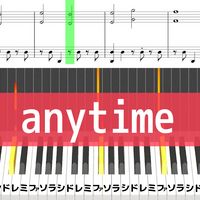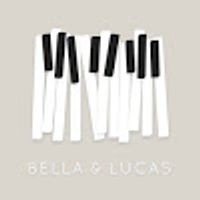Noel's Lament from Ride the Cyclone (With lyrics and chords) Kholby Wardell




Hi, I am Rita. I transcribe sheet music since 2007. All my sheet music are accurate but simple, beginner-level transcriptions with lyrics (singing is good for mental health). Request any popular song in any genre and language.
"Noel's Lament"
The track is transcribed in the original key, Am, but centered around the tone E.
All chords are extended: Am E F Dm Am Bm. The harmony employs distantly related chords. E is non-harmonic with G♯ tone. Other dissonance comes from extensions.
The vocals are typed using an optional 𝄠 suboctave clef (the treble clef with the numeral 8 below it). Sing one octave lower than written and play in an octave you prefer.
"Noel's Lament" is composed with a straight rhythm in common time. The tempo is rubato. It slows down and speeds up all the time.
Accent strong beats but do it softly. Notice triplets in the outro.
A twelve-note scale and a metered sheet music isn't capable to express the sound of "Noel's Lament" with its spoken vocal and percussive instrumentation.
Learn the left hand first and avoid learning both hands together in the very beginning. Patience is a virtue. Otherwise you will fail immediately and abandon the score.
The left-hand texture is thick and makes great use of the bass register.
The right hand imitates the vocal delivery by Kholby Wardell: a predominant vocal style is staccato.
Focus on precise rhythm in the spoken part. It is tiring to play with forte touch; play pianissimo.
There are many places of an indefinite pitch.
The melody is build to surprise a listener, to attract and retain attention. It has a rapid flow with sudden changes of direction, expressive pauses, a recitative style.
Notice arpeggiatos (𝆃) and fermatas (𝄐).










